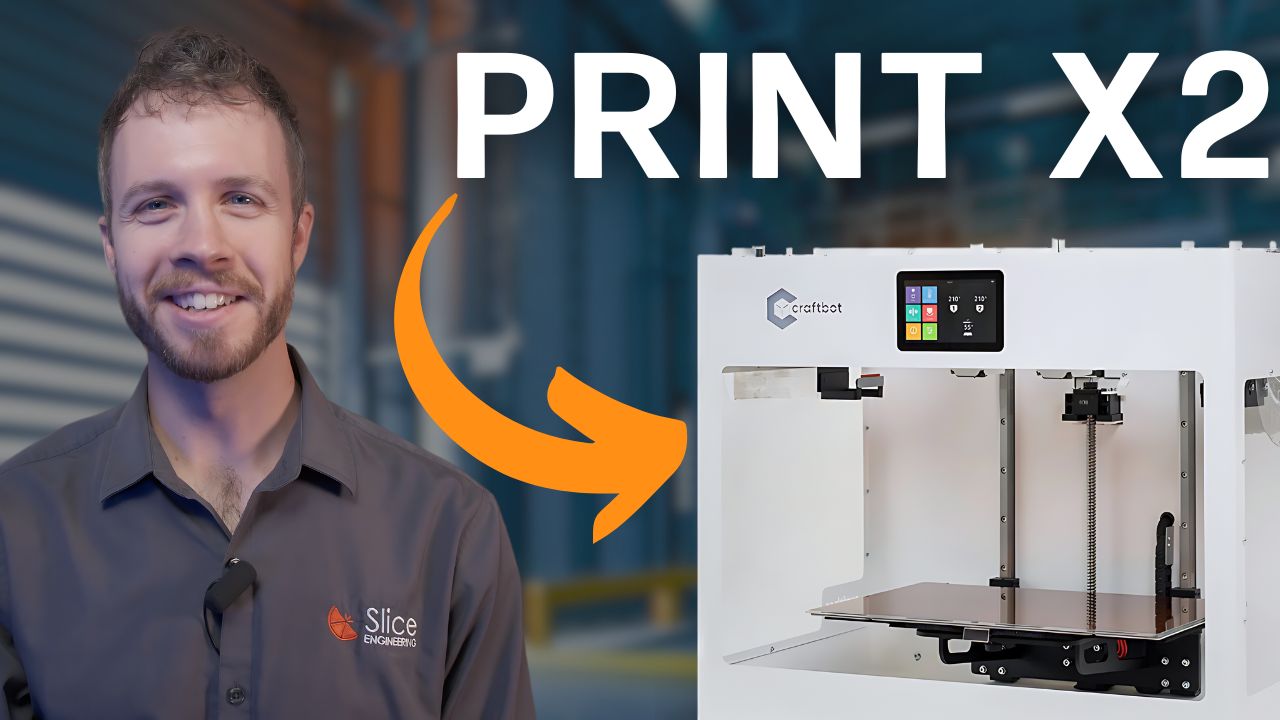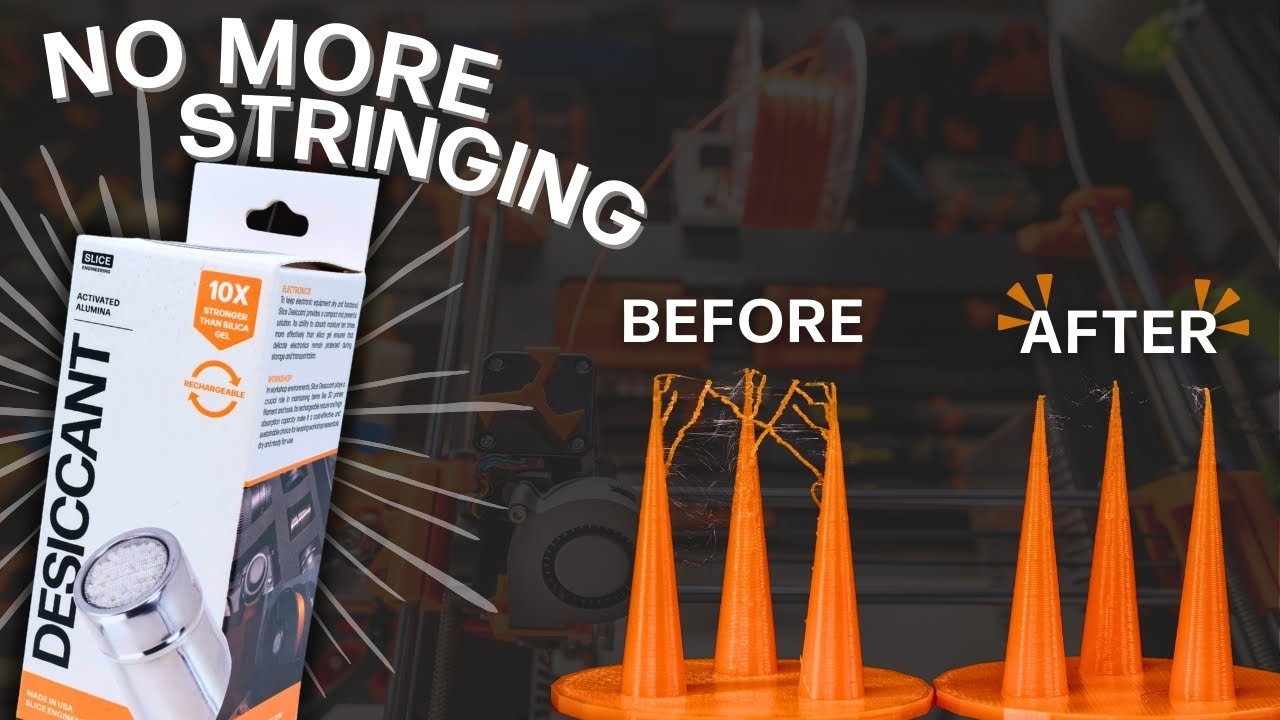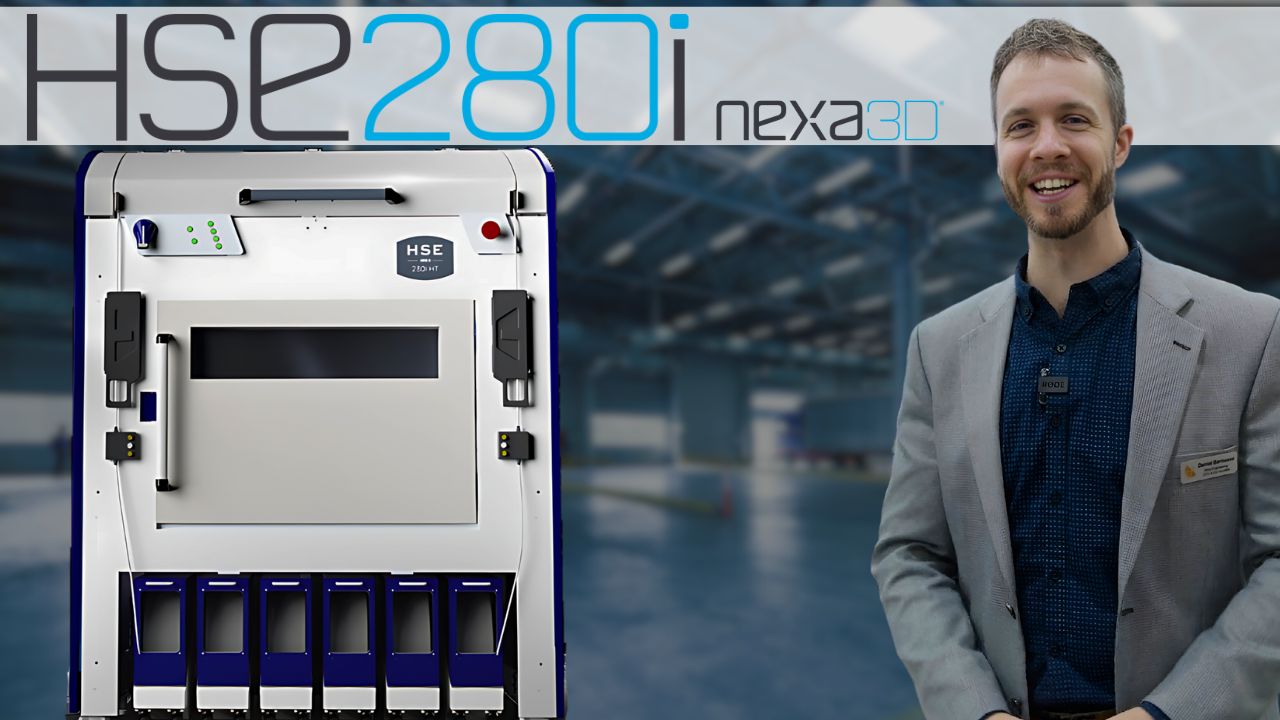Sticky Nozzles Suck | How to Use Plastic Repellent Paint
This is Plastic Repellent Paint. Plastic Repellent Paint does exactly what you'd think it does. It repels plastic and keeps it from sticking to your 3D printer's nozzle and hot block. It's a water-based PTFE nano-suspension, and PRP ensures cleaner, more precise printing by repelling unwanted materials from your nozzle and your hot block.
Especially difficult to print filaments like TPU and PETG. They're notoriously sticky and a pain in the butt to print with. It's been a little while since we've made a video about Plastic Republic Paint since we launched it in 2020.
We're hopefully going to be able to answer any questions that you might have lingering about PRP. So you can know if it's the right solution for your 3D printing setup. The first question we get asked all the time about PRP is
Why should I use Plastic Repellent Paint in the first place?
What are the benefits? The first big benefit is that it actually improves your print quality by minimizing the issues related to oozing and stringing from the excess plastic on your nozzle. If you do have, you know, oozing filament from your nozzle or stringing from your nozzle, it's not going to want to stick to your hotend.
So you're not going to be dragging around those strands all over your print. This is super important when you're laying down your first few layers. If you've ever been printing, And you're going down your first layer and your second layer and you're starting to kind of glob up around the tip and now you're dragging plastic all over your print bed. You know the frustration. It's kind of the worst thing in the world and you hate it. It's a small problem but it is super frustrating. This solves that.
Just a little bit of paint on the nozzle tip. The plastic doesn't want to stick and that issue goes away. The other big benefit of Plastic Repellent Paint is the reduced cleaning time. PRP keeps your nozzle clean, reducing the need for frequent maintenance. If you run a business, you know that this is essential. Time is money. And any downtime is time that you're not making money and your printer isn't running. The other part of this is that if you keep your hotend clean, then your hotend is going to stay pristine and in great condition for so much longer. And this is going to improve your 3D printer's longevity.
Plastic Repellent Paint Demo
We took a metal plate and we coated half of it in PRP, and we left half of it uncoated. And then we melted plastic over the top, and we tried to remove the plastic.
We'll let you be the judge and tell us which one was easier to remove, and which one was more difficult. Now. Obviously, the goal of PRP is to repel plastic and keep it off your nozzle, but in the event that plastic does stick to your nozzle, it's super easy to clean off. And then you just reapply some more PRP and you're back to smooth sailing in no time.
How do I Apply Plastic Repellent Paint?
Application for PRP is simple. Start with a clean nozzle at room temperature. If you start at printing temperatures, it's going to just vaporize right away. Then use the brush applicator top that's included with your plastic mount paint and apply the PRP evenly across the nozzle. Allow it to air dry for 60 to 90 seconds and then the PRP is going to cure once the hot end reaches printing temperatures. It's important to note that PRP is temperature limited to 290 degrees Celsius and we do not recommend exceeding that temperature limitation.
How Often Do I Need to Reapply Plastic Repellent Paint?
The longevity of your plastic amount of coating depends completely on your printing frequency and the types of filament that you use. Typically it's good practice to inspect and reapply the paint after extensive printing sessions. And as needed, if you notice that your PRP isn't working as good as when you first applied it, go ahead and reapply some more.
I'm still getting plastic buildup on my nozzle.
For cases where it isn't working, there are a few things that we like to check that usually solve the problem right away. A few key parameters are bed adhesion, distance from the bed, printing at the correct temperature, and if all else fails, we like to check that the filament is dry. Shameless plug for our filament drying desiccant. If you haven't used this stuff, it is fantastic at keeping your filament dry.
In the case that certain filaments are still able to stick, taking it off is going to be much easier because of the Plastic Repellent Paint. It's just going to make it So much easier, even if you have some really nasty filaments that are just going to stick to everything. But for the vast majority of filaments that the average user is going to be printing, PRP is going to work like a charm.
Can I use PRP with the GammaMaster nozzle?
If you're not familiar with GammaMaster, GammaMaster is a nozzle with a really awesome surface coating called low gamma. This coating has great anti-adhesive qualities that are rated all the way up to 380 degrees Celsius, but PRP. has a rating of 290 degrees Celsius.
So can you use the two at the same time? And the answer is yes. But because PRP is temperature limited to 290 degrees Celsius, if you're planning on printing materials north of that 290 degrees Celsius, GammaMaster is going to be a great solution for that. We would just recommend using GammaMaster nozzles if you haven't applied Plastic Repellent Paint.
Is Plastic Repellent Paint Safe?
Yes, PRP is safe to use when its application guidelines are properly followed. It is very important to follow the recommended temperature limit of 290 degrees Celsius. Staying within this temperature limit ensures that the paint maintains its integrity.
and performance without degrading, which could potentially release harmful fumes. We've done a full white paper and an in-depth study on Plastic Repellent Paint. We'll include a link to this in the description below where you can read all the details and see our testing where we show that PRP is safe to use below this 290-degree temperature limit, but we strongly recommend not exceeding that 290-degree Celsius limit. With a nozzle that is used Plastic Repellent Paint as long as you operate within this temperature guideline, PRP offers a safe and effective way to enhance your 3d printing experience by reducing maintenance and improving print quality
If you or a loved one have experienced plastic buildup on your nozzle tip, guess what? Life doesn't have to be this way! You can text “NOZZLEHELP” to +1 (888) 291 7347 and you can get help today.
Thanks for watching, and don't forget to stay zesty.
Recent Posts





